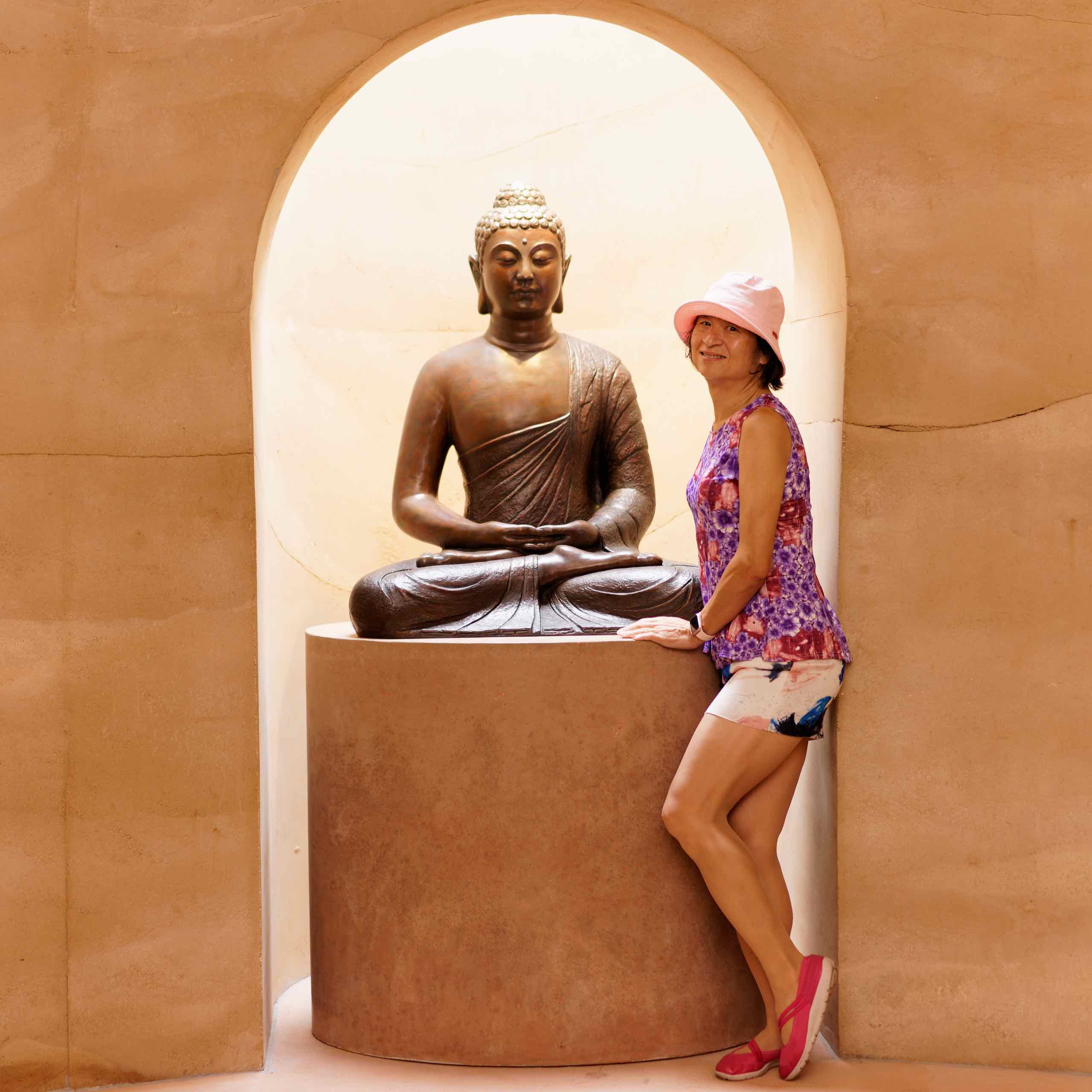 (1).BkHL4N4L.jpeg)
The North Building of the Art Gallery
The Art Gallery of NSW has been transformed into an art museum campus with the addition of the new North Building.
Friday 3 March 2023 at 4:00:00 pm AEDT 3 min readThe new North building of the Art Gallery - some really impressive large scale artworks here. I particularly liked the Infinite Skyscraper (Guts) and the End of Imagination.
The Sydney Modern Project has transformed the Art Gallery of New South Wales into a unique art museum campus with two buildings and an art garden, on Gadigal Country, overlooking one of the world’s most beautiful harbours.
Designed by award-winning architects SANAA, the new building is a series of light-filled pavilions and graceful outdoor terraces that step down towards Sydney Harbour. A vast rammed earth wall cuts a dramatic curve through the building. On the lowest level of the building, discover a space like no other in Sydney: a reclaimed underground fuel bunker built during World War II and previously inaccessible to the public, which is now home to the first of a series of art projects.
For The End of Imagination, the inaugural exhibition in the Tank, Villar Rojas takes a unique opportunity to dramatise and radicalise the experience of this former wartime oil bunker that few have seen before. Set in extreme darkness where limits are not known, a host of moving lights operate as sentient beings seeking, surveying, locating, following their own paths and patterns, changing them according to their own needs and will, not ours. Among the shadows, this collective artificial gaze uncovers conflicted objects in a space that was itself born of conflict.
These traumatised objects are the product of a sculptural experiment, a hypothesis impossible to test on the terrestrial plane. Using an amalgamation of software systems collectively described as the ‘Time Engine’, Villar Rojas generated a series of intensely detailed digital worlds and placed virtual sculptures within them.
Simulating conditions ranging from environmental to sociopolitical across timespans ranging from hours to millennia, the Time Engine poses unanswerable questions: What monuments might be created to commemorate the end of postcolonial struggles for independence on the Moon’s Sea of Clouds in the year 34,340? What would a sculpture that was left in the canyon of the Valles Marineris on Mars for 500 years look like? What is its texture, what remains of its volume? How do you model wind in 7,374,000 BCE?
As the extreme conditions of each world bore down on the sculptures, they became ever more complex and harrowed. Fires scorched them, altered gravity distorted them. Unrest toppled them, wars wounded them. Other life forms sheltered within or bloomed upon them. The artist modelled worlds, which in turn modelled the sculptures.
In late 2021, Villar Rojas and his team ‘downloaded’ these time-travelling virtual sculptures and commenced the labour of reconstituting them physically, his aim being to bring home faithfully the trials they endured on their journeys through turbulent digital worlds. Made with forensic intensity in a temporary workshop in Rosario, Argentina, where hands-on making was combined with machine intelligence, the resulting sculptures are layered composites of metals, plastics, concrete, soil, glass, salt, wax, resin, tree barks, metal, salvaged auto parts, recycled plastics, and a multitude of other organic and inorganic materials.
In this complex and provocative installation, both sculptures and the Tank itself – whose walls are stained with oil, graffiti and mineral traces – allude to all they’ve been through while opening still larger questions. Are they survivors or prophets? Should we revere or fear them? What discomforting knowledge do they bring us?
 (2).DJNJ2ryq.jpeg)
 (3).IRf7YOZo.jpeg)
 (4).CRSkqjkZ.jpeg)
 (8).CSKOKVMQ.jpeg)
 (4).DyisoiE7.jpeg)
